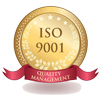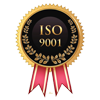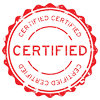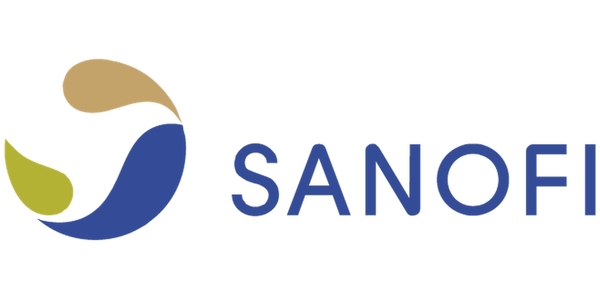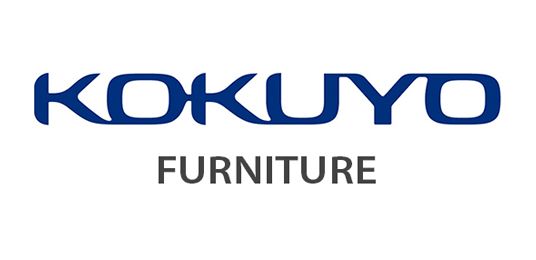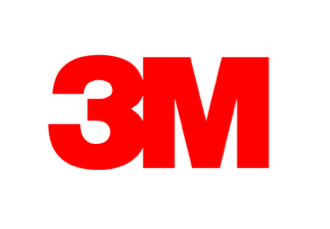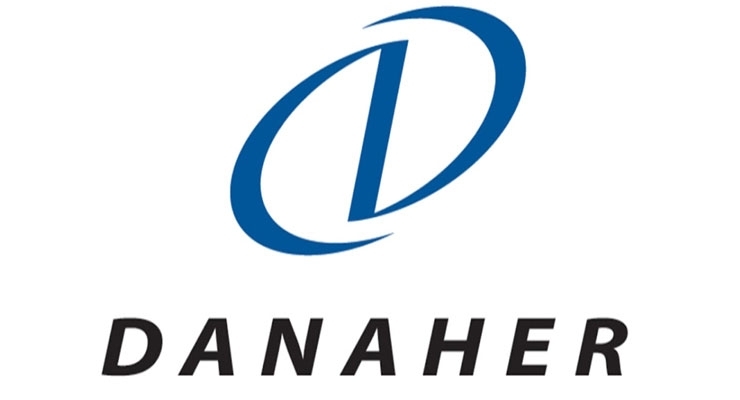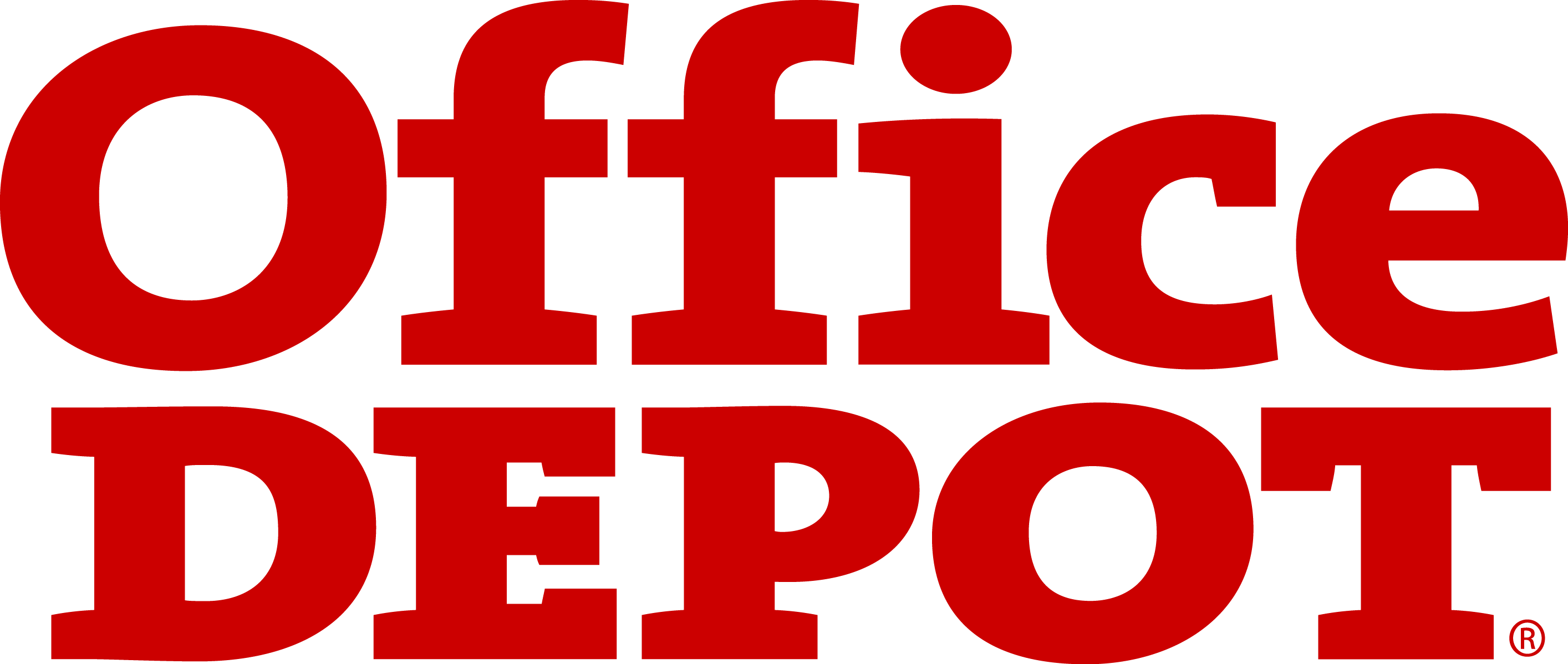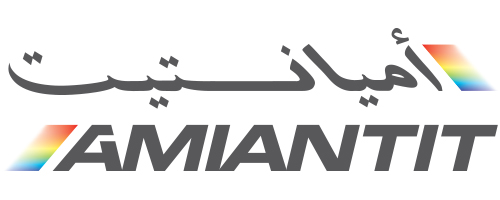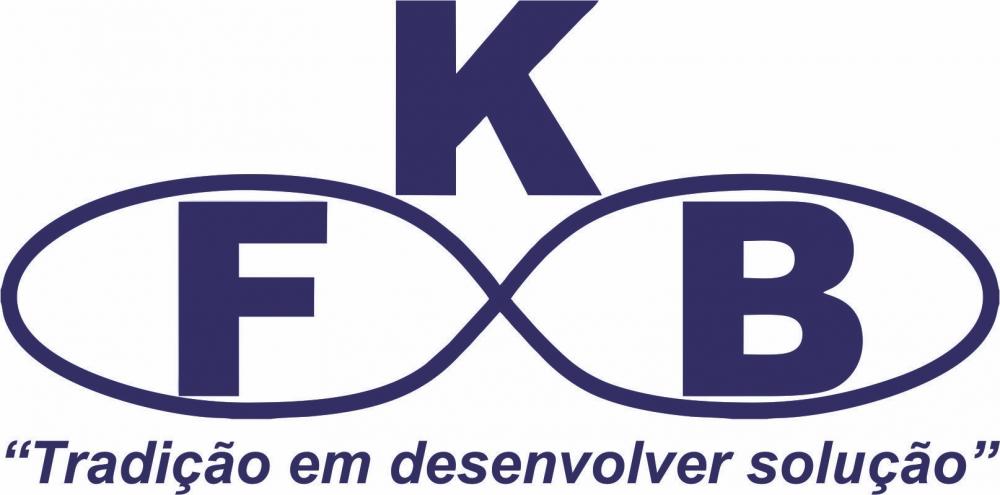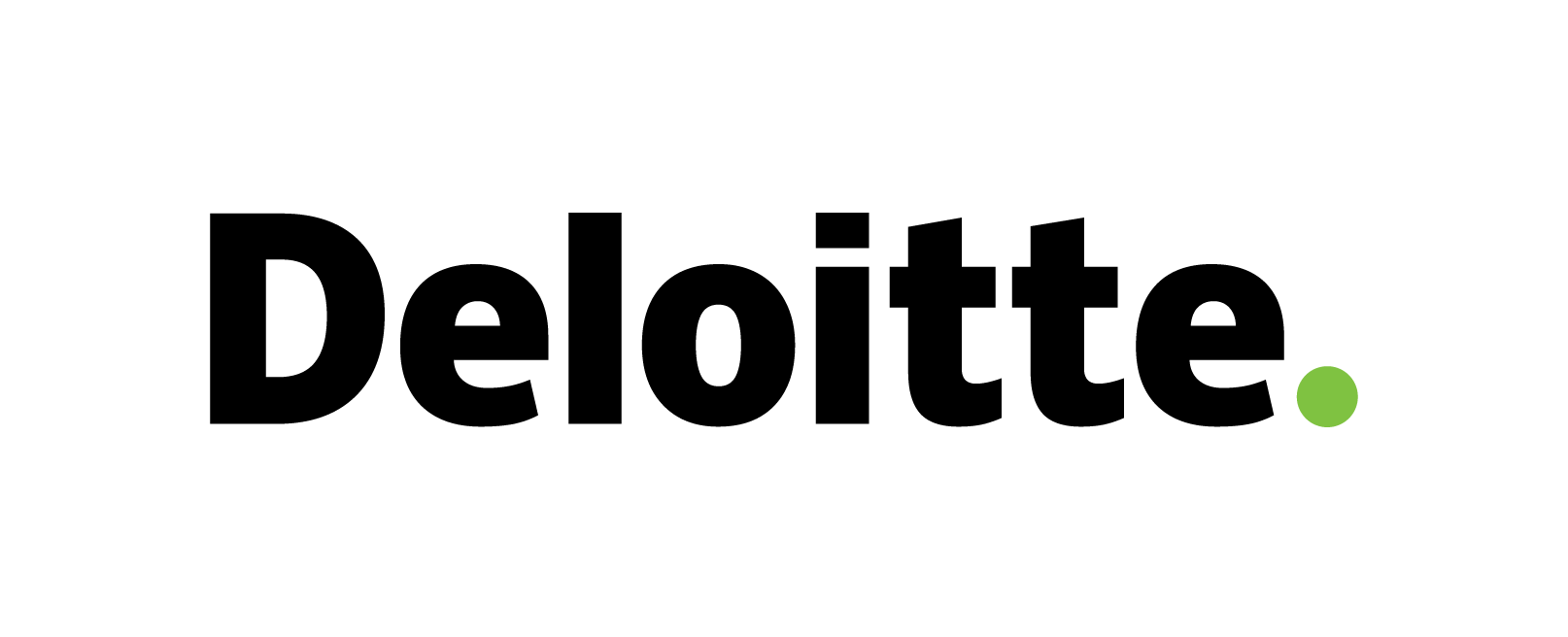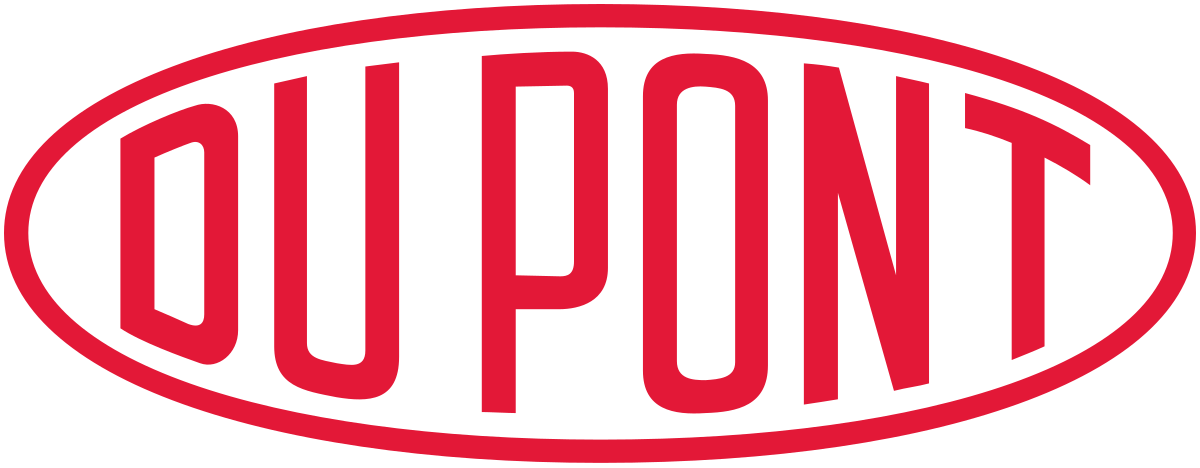Beauty & Personal Care Products Market
Beauty & Personal Care Products Market Trends, Opportunity, and Forecast Analysis, 2024-2033
Beauty & Personal Care Products Market revenue to generate USD 937.1 billion by 2033, according to KDMI analyst’s growth analysis. The market is segmented by Type, Product, Distribution Channel and by region.
Beauty & Personal Care Products Market Size Survey Report – In a Glance
As per the survey report on global Beauty & Personal Care Products Market, the market is projected to foresee a CAGR of 7.4% between 2024-2033, and further generate a market size of USD 937.1 billion revenue by the end of 2033. In the year 2024, the market size was valued at USD 620.3 billion revenue.
- The global Beauty & Personal Care Products Market is projected to grow on account of customized & AI powered beauty solutions.
- In Japan, the presence of worldwide brands can be attributed to the growth in the Beauty & Personal Care Products Market.
- KDMI analyst’s growth analysis foresees Strict regulatory compliance to challenge the market growth.
- Asia Pacific, having the highest market share in the Beauty & Personal Care Products Market, is projected to dominate the global market.
Beauty & Personal Care Products Market Analysis
Cosmetics and personal products, used on the human body for beautifying, cleaning and encouraging attractiveness, are responsible for changing its external outlook. AI-powered beauty solutions are one of the primary growth drivers of the beauty and personal care products market. Haut.AI’s skin analysis is an AI-powered podium that enables beauty brands to offer customized product recommendations and interactive skin evaluations to their consumer group. It is designed to evaluate more than 15 significant health problems and beauty metrics and has trained around 3 million data points for precise evaluation. It has assessed 150+ exceptional multi-dimensional facial biomarkers through the help of 94 algorithms for suggesting skincare products. It is designed to be operational across all skin tones and types. L’Oreal S.A., Revlon, and Procter & Gamble are significant players in the global Beauty & Personal Care Products market.
Analyst’s Observation on Japan Beauty & Personal Care Products Market Survey
According to the Ministry of Economy, Trade and Industry, the volume of Japan’s personal care and cosmetics products market was around USD 35 billion as of 2019, making it the world’s 3rd largest post-China and U.S. Japan has about 3000 beauty organizations, including global companies, namely Pola Orbis, Shiseido, Kao and Kose. The increasing trend of D2C models in Japanese companies has experienced significant sales improvement as of 2020, despite the crisis of Covid 19. The model has enabled organizations to adjust to consumer requirements and advance customized products. This business model is relevant across Gen Z and millennial consumers. Pola Orbis, Shiseido, Kao and Kose are significant players in the Japanese Beauty & Personal Care Products market.
|
Beauty & Personal Care Products Market: Report Scope |
|
|
Base Year |
2023 |
|
Estimated Market Size |
USD 620.3 Billion in 2024 |
|
Forecast Year |
2024-2033 |
|
Projected Market Size |
USD 937.1 Billion in 2033 |
|
CAGR Value |
7.4% |
|
Beauty & Personal Care Products Market Key Trends/Major Growth Drivers |
|
|
Restraint Factors |
|
|
Beauty & Personal Care Products Market Segmentation |
|
|
Fastest Growing Region |
|
|
Beauty & Personal Care Products Market Key Players |
L’Oreal S.A., Revlon, Procter & Gamble, Unilever, Avon Products, Kao Corporation, Coty, Inc., Oriflame Cosmetics, Johnson & Johnson, and Beiersdorf AG and Others |
Beauty & Personal Care Products Market Growth Driver & Market Restraint
Growth Driver
Increasing demand for natural products & clean beauty:
The European demand for natural ingredients in the cosmetic industry has been increasing for years, strengthened during the covid 19 pandemic. Europe is even the world’s largest importer of essential oils and essential oils, which are broadly used as natural ingredients in cosmetic products. Further, the demand for environmentally sustainable and safe cosmetics is redesigning how products are articulated, propelling an increase in research committed to natural ingredients for cosmetics. Moreover, according to a study by the NDP group, 68% of consumers now actively demand skin care products made up of clean ingredients. 41% of the consumers are impacted by social media podiums such as Instagram, pushing them towards clean beauty products. The increasing demand for natural products and clean beauty pushes the demand for the beauty and personal care products market.
Market Restraint
Strict regulatory compliance:
The strict regulatory compliance restrains the growth of the beauty and personal care products market. The EU banned around 1300 chemicals in cosmetics as of 2022, enhancing compliance costs by 25% in the case of manufacturers. The average period for novel product approval increased to 12-18 months in 2022 because of stringent securing regulations. Organizations invest around USD 800000/product on safety examination & compliance as of 2022, an increase of 40% as of 2022.
Beauty & Personal Care Products Market Segmentation
Our experts at KD Market Insights have segmented the global Beauty & Personal Care Products Market research report as:
|
By Type |
|
|
By Product |
|
|
By Distribution Channel |
|
|
By Application |
|
|
By Region |
|
Beauty & Personal Care Products Market Regional Synopsis
Asia Pacific is expected to dominate the Beauty & Personal Care Products market due to the increasing female workforce. In China, the development of policies focusing on women’s social security is a growth driver for increasing the female workforce. “Women and social security” was added as a novel subject in the “National Program for Women’s Development in China to enhance maternity protection, pension coverage, medical insurance and unemployment insurance. By 2023, the female workforce has rushed to 9.97 million as of 2024 it reached to historic high. The proportion of employed women has expanded nearly 18 times in the previous 60 years. Between 2017-18 & 2023-2024, India registered a remarkable growth in the Female Labor Force Participation Rate for women, coupled with a drop in the rate of female unemployment rate. Further, with the growing investment, at the beginning of 2024, the cosmetic sector in China has experienced several investment and financing events. The sales of personal care and beauty products reached around USD 88 billion as of 2021, a 10% increase since the past year. Private equity investment drives considerable growth in India’s personal care and beauty market, encouraging e-commerce and innovation trends.
Asia Pacific is the fastest-growing region due to the increasing impact of social media on skincare. Online sales dominate the Chinese skincare market, registering about 80% of the total sales and is constantly growing. As of 2024, online personal care expanded by 7.3%, through TikTok e-commerce, due to the considerable growth rate of about 43.7%. The Indian beauty and personal care products market is driven by significant social media influence. According to the beauty report, a transition towards online purchases with around 80% of shoppers discovering beauty brands on meta podiums and 47% with the help of Instagram reels. Social media podiums, particularly TikTok and Instagram, are essential in propelling K-beauty brands to fame. As podiums specializing in visual content, they offer the ideal stage for skincare brands to showcase product routines and transformation, leading to viral trends. South Korea’s cosmetic exports topped USD 10 billion as of 2024, propelled by the worldwide popularity of K-Beauty.
Regional Company Names
- J.S.Z. Cosmetic Products Co. Ltd
- Joy Group
- KOBO Cosmetics
- Natural Beauty (China) Co., Ltd
- OMEY Group
Beauty & Personal Care Products Market Competitive Landscape
Some of the key players who top the global Beauty & Personal Care Products Market share:
All Company Names:
- L’Oreal S.A.
- Revlon
- Procter & Gamble
- Unilever
- Avon Products
- Kao Corporation
- Coty, Inc.
- Oriflame Cosmetics
- Johnson & Johnson
- Beiersdorf AG
- Executive Summary
- Market Overview
- Key Findings
- Market Trends
- Market Outlook
- Introduction
- Scope of the Report
- Research Methodology
- Definitions and Assumptions
- Acronyms and Abbreviations
- Market Dynamics
- Drivers
- Restraints
- Opportunities
- Challenges
- Global Beauty and Personal Care Product Market
- Market Overview
- Market Size and Forecast
- Market Segmentation
- By Type
- By Product
- By Distribution Channel
- By Region
- Market Segmentation by Type
- Conventional
- Organic
- Others
- Market Segmentation by Product
- Skin Care
- Hair Care
- Fragrances
- Color Cosmetics
- Others
- Market Segmentation by Distribution Channel
- Specialty Stores
- Hypermarkets and Supermarkets
- E-commerce
- Others
- Regional Analysis
- North America
- United States
- Market Size and Forecast
- Key Trends and Developments
- Market Analysis by Type, Product and Distribution Channel
- Canada
- Market Size and Forecast
- Key Trends and Developments
- Market Analysis by Type, Product and Distribution Channel
- Mexico
- Market Size and Forecast
- Key Trends and Developments
- Market Analysis by Type, Product and Distribution Channel
- United States
- Europe
- United Kingdom
- Market Size and Forecast
- Key Trends and Developments
- Market Analysis by Type, Product and Distribution Channel
- Germany
- Market Size and Forecast
- Key Trends and Developments
- Market Analysis by Type, Product and Distribution Channel
- France
- Market Size and Forecast
- Key Trends and Developments
- Market Analysis by Type, Product and Distribution Channel
- Italy
- Market Size and Forecast
- Key Trends and Developments
- Market Analysis by Type, Product and Distribution Channel
- Spain
- Market Size and Forecast
- Key Trends and Developments
- Market Analysis by Type, Product and Distribution Channel
- Rest of Europe
- Market Size and Forecast
- Key Trends and Developments
- Market Analysis by Type, Product and Distribution Channel
- United Kingdom
- Asia Pacific
- China
- Market Size and Forecast
- Key Trends and Developments
- Market Analysis by Type, Product and Distribution Channel
- Japan
- Market Size and Forecast
- Key Trends and Developments
- Market Analysis by Type, Product and Distribution Channel
- India
- Market Size and Forecast
- Key Trends and Developments
- Market Analysis by Type, Product and Distribution Channel
- Australia
- Market Size and Forecast
- Key Trends and Developments
- Market Analysis by Type, Product and Distribution Channel
- South Korea
- Market Size and Forecast
- Key Trends and Developments
- Market Analysis by Type, Product and Distribution Channel
- Rest of Asia Pacific
- Market Size and Forecast
- Key Trends and Developments
- Market Analysis by Type, Product and Distribution Channel
- China
- Latin America
- Brazil
- Market Size and Forecast
- Key Trends and Developments
- Market Analysis by Type, Product and Distribution Channel
- Argentina
- Market Size and Forecast
- Key Trends and Developments
- Market Analysis by Type, Product and Distribution Channel
- Colombia
- Market Size and Forecast
- Key Trends and Developments
- Market Analysis by Type, Product and Distribution Channel
- Rest of Latin America
- Market Size and Forecast
- Key Trends and Developments
- Market Analysis by Type, Product and Distribution Channel
- Brazil
- Middle East & Africa
- South Africa
- Market Size and Forecast
- Key Trends and Developments
- Market Analysis by Type, Product and Distribution Channel
- Saudi Arabia
- Market Size and Forecast
- Key Trends and Developments
- Market Analysis by Type, Product and Distribution Channel
- UAE
- Market Size and Forecast
- Key Trends and Developments
- Market Analysis by Type, Product and Distribution Channel
- Rest of Middle East & Africa
- Market Size and Forecast
- Key Trends and Developments
- Market Analysis by Type, Product and Distribution Channel
- South Africa
- North America
- Competitive Landscape
- Market Share Analysis
- Company Profiles
- L’Oreal S.A.
- Revlon
- Procter & Gamble
- Unilever
- Avon Products
- Kao Corporation
- Coty, Inc.
- Oriflame Cosmetics
- Johnson & Johnson
- Beiersdorf AG
- Others
- Strategic Recommendations
- Appendix
- List of Tables
- List of Figures
- References

Need Customized Report for Your Business ?
Utilize the Power of Customized Research Aligned with Your Business Goals
Request for Customized Report- Quick Contact -
- ISO Certified Logo -
